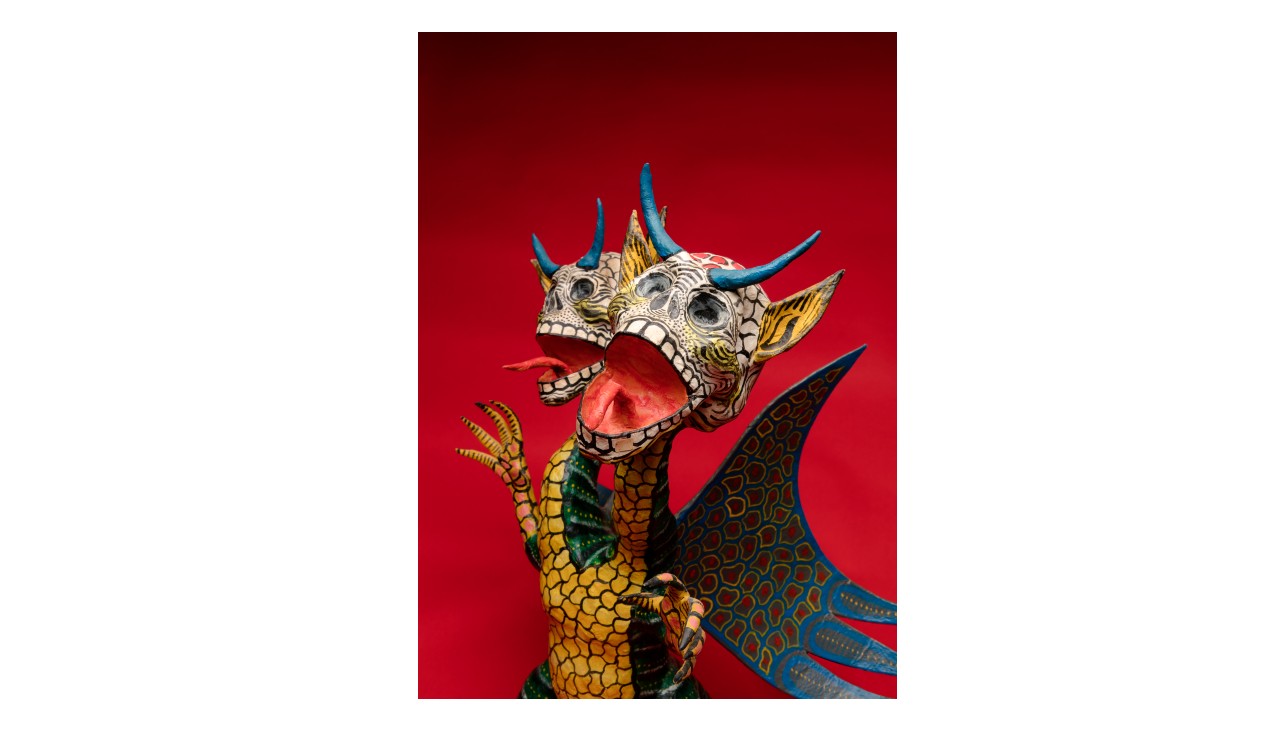
'La Cartonería Mexicana': Celebrating the Mexican art of paper and paste
An exhibition at the International Museum of Folk Art in Santa Fe, New Mexico, shows a selection of crafted figures made for religious events, like Holy Week
One of the most popular traditions of Holy Week in Mexico and other Latin American countries is the so-called burning of Judas, "quema de Judas," a tradition already documented in the European Middle Ages that crossed the Atlantic on Portuguese and Spanish ships.
Although in Europe the Judas doll was made of rags or straw, when it arrived in Mexico it was enriched with the emergence of cartonería, also called papier maché. It's an art to which the International Museum of Popular Art in Santa Fe, New Mexico, has now dedicated an exhibition — The Mexican Art of Paper and Paste/La Cartonería Mexicana. The exhibition will be open until Nov. 3, 2024.
“La Cartonería Mexicana highlights the importance of cartonería and its long and rich history in Mexican Folk Art traditions,” said Nora Dolan, MOIFA guest curator.
RELATED CONTENT

PHOTO: MUSEUM OF INTERNATIONAL FOLK ART
Cartonería is an integral part of Mexican culture. It uses simple materials of paste, cardboard, and paper evolving from religious purposes to create a diverse array of subjects such as piñatas, dolls, skeletons, toys, and fantastical animals called alebrijes. Cartonería expresses human imagination, emotion, and tradition. These objects reflect the creativity of the Mexican cartoneros, the artists who create objects from these simple materials.
The emergence of cardboard in Mexico coincides with the opening of the first paper and cardboard factories in the country (Celaya, in Guanajuato, and Mexico City), when artisans began to use this material to manufacture, in addition to toys, the Judas: huge polychrome figures made of cardboard and reed structure that were equipped with gunpowder rockets to be burned on Holy Saturday.
Today, Cartoneros organize their production not only around Holy Week, but also around the popular fiestas of Carnival in early Spring, Corpus Christi in Summer, Día de Muertos in Autumn, and Christmas in Winter.
The exhibition in Santa Fe features more than 1oo items from the permanent collection — dolls, animals, devils, Judas figures, dragons and especially skeletons — and Ruth Lechuga’s photographs which include the process of cartonería making, the sale of cartonería in markets, the ritual use of masks, and hanging Judas figures loaded with fireworks.











LEAVE A COMMENT:
Join the discussion! Leave a comment.